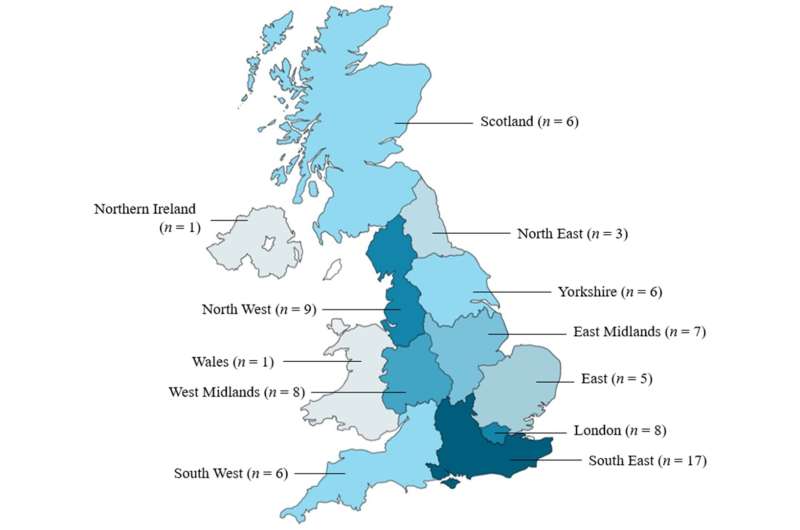
Two recent studies surveyed school nurses working across the UK about their current working practices and experiences of working during the pandemic.
Dr. Sarah Bekaert RN, Senior Lecturer in Child Health at Oxford Brookes University, said, “This research has highlighted the vital role school nurses play in the identification and prevention of issues that are likely to negatively impact young people as they navigate their teenage years, and then transition into adulthood.”
“Our findings call for advocacy by policymakers and professional organizations to enable school nurses to lead in the evolving public health landscape. It calls for sufficient numbers of school nurses to respond to the emerging and ongoing health needs of children and young people.”
Over 60% of those surveyed reported that their contact with children and their families reduced during the pandemic, while 86% experienced obstacles to identifying safeguarding or child protection needs. Over 79% reported that their ability to work with known vulnerable children and families was negatively impacted.
The research also warned against an over-reliance on technology and emphasized the importance of school nurses having in-person access to the children they work with.
“Face-to-face contact with children is essential for the provision of safe and holistic care, and should be supplemented rather than replaced by alternative approaches,” said Dr. Bekaert. “This is imperative for building trust, ensuring confidentiality, and to enable holistic assessment when working with children and young people.”
The increase in child protection referrals during the pandemic meant that school nurses saw a shift in working practices towards a predominantly reactive approach. Over 74% of the nurses surveyed reported an increase in their workload.
“During the research we heard about a range of innovative methods introduced during the pandemic to work with children, and as one would expect, this included an increase in the use of online platforms to facilitate contact,” added Dana Sammut, co-author of the study and research associate at the University of Birmingham. “This allowed nurses to adapt quickly and work flexibly, but these new ways of working were not without challenges.
“Working online meant that children became less visible and accessible to school nurses. This resulted in unprecedented challenges for school nurses, whose work centers around an ability to build therapeutic relationships with the children they care for. In addition, there were children and families who either didn’t have access to technology, or the ability to use it to effectively participate.”
Dr. Georgia Cook, a postdoctoral researcher at Oxford Brookes University explains, “Many of the school nurses surveyed reported feelings of exhaustion, stress and low morale as a result of the pressures they faced during the pandemic.”
“This came at a time when school nurse numbers were already dwindling. Policymakers need to recognize and promote the integral role of school nurses in carrying out preventive public health work.”
“Governments and local authorities could do this by commissioning school public health models that place experienced school nurses in leadership and coordination roles within school communities.”
“This should be supported by a sufficient workforce though, and bolstering school nurse numbers will be key to meeting the increasingly complex needs of children and young people in the wake of the pandemic.”
Sharon White, Chief Executive Officer of the School and Public Health Nurses Association (SAPHNA), which was part of the advisory board of the study, said, “The findings of this study further amplify the urgent need for reinvestment into the school nursing workforce.”
“As trained, skilled, experienced and highly qualified nurses, they have a critical role to play in the promotion, prevention and protection agenda for safeguarding children and young people. The current exponential rise in need set against a very concerning downward school nursing workforce trajectory is of great concern regarding our ability to continue to safeguard children.”
More information:
Dana Sammut et al, School Nurse Perspectives of Working with Children and Young People in the United Kingdom during the COVID-19 Pandemic: An Online Survey Study, International Journal of Environmental Research and Public Health (2022). DOI: 10.3390/ijerph20010481
Georgia Cook et al, School nursing: New ways of working with children and young people during the Covid‐19 pandemic: A scoping review, Journal of Advanced Nursing (2022). DOI: 10.1111/jan.15504
Journal information:
International Journal of Environmental Research and Public Health
,
Journal of Advanced Nursing
Source: Read Full Article